Planktonic microcrustacean cultured in a saline and acidic Arctic lake has interesting nutritional composition
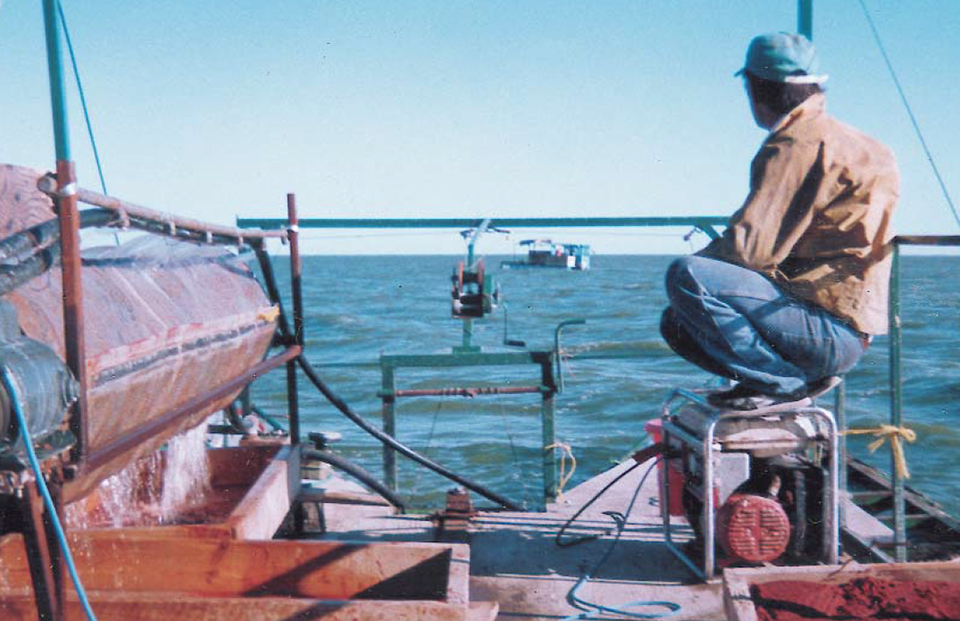
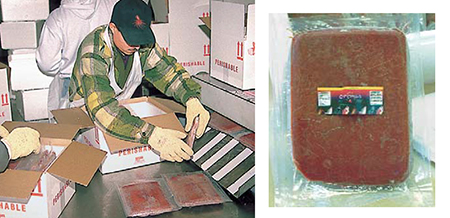
Far in the Arctic North thrives a unique decapod microcrustacean that has potential to improve the larval and broodstock nutrition of a wide variety of aquaculture species. The organism is analogous to artemia in some respects, except that its content of highly unsaturated fatty acids and pigments is considerably richer. Also, its length measures about 800 μ, as compared to 420 to 530 μ for newly hatched artemia nauplii.
Arctic lake
The culture lake is located in northern Canada. It is a pristine Arctic salina measuring about 400 square km in area. The unique physical and chemical properties of the lake allow unimpeded culture of the organism on a continuing annual basis.
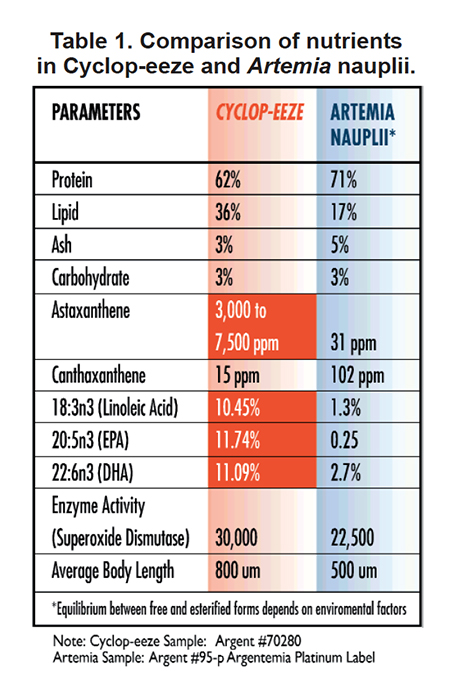 The depth of the salina is no greater than 2 meters, which allows good penetration of sunlight. The chemistry of the lake is extreme. The salinity can be over 80 ppt, while the ionic strength of the water is excessive. Typical levels of sulphate ion are very high, thus causing hydrolysis and a very acidic pH of about 3.0.
The depth of the salina is no greater than 2 meters, which allows good penetration of sunlight. The chemistry of the lake is extreme. The salinity can be over 80 ppt, while the ionic strength of the water is excessive. Typical levels of sulphate ion are very high, thus causing hydrolysis and a very acidic pH of about 3.0.
The inhospitable climate and water chemistry of this ecosystem exclude most traditional predators. No fish, birds, or reptiles inhabit the area, and most microorganisms cannot survive within the lake.
Eggs and harvest
The zooplankter that grows in this cold, salty, and acidic water is a blood-orange crustacean that owes its coloration to a high level of astaxanthin pigment (the same pigment that colors shrimp, lobster, and salmon). Adults lay two types of eggs: summertime eggs, which rapidly hatch, and wintertime eggs that are capable of entering diapause and surviving for many years prior to hatching.
These diapause eggs may or may not become activated by the late-spring conditions of strong sunlight and high water temperature. In fact, it appears that eggs from various years may hatch during any summer, thus providing an elaborate mixing of the gene pool and evolution of the species to meet natural hardships.
Production
Typically, fishing for adults commences in early June. The harvested organisms are drained and immediately flash-frozen into 750-gram blocks. A small amount of the antioxidant Etho-xyquin® is added prior to freezing to retard oxidation of the valuable nutrients. The harvested product is being commercialized under the trade name Cyclop-eeze®.
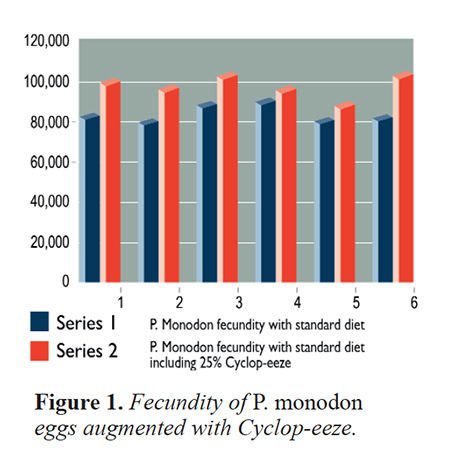
The frozen blocks are vacuum-sealed to prevent oxidation. Freeze-dried product is derived from the frozen wafers by the process of lyophilization, which allows removal of up to 80 percent of the water from the organisms at the modest temperature of 21 degrees-C. The process of freeze-drying preserves the content and activity of enzymes, pigments, and long-chain, highly unsaturated fatty acids (HUFA).
Oil is extracted from the freeze-dried material using an organic solvent extraction system under vacuum. The processing technology renders the complete lipid, pigment, and lipophilic content into viscous oil. This oil can be used directly for feed inclusion, or it can be emulsified with a surfactant to make a feed booster for rotifers, artemia nauplii, and the like.
Nutritional composition
This microcrustacean offers several nutrients of importance in aquaculture diets, especially in the crucial stages of larval rearing and sexual maturation (Table 1). Many fish and crustacean species require substantial levels of HUFA, particularly eicosapentanoic acid and docosahexanoic acid, during larval development. artemia are typically deficient in these nutrients. Inadequate levels of HUFA can result in mortality, slow growth, deformities, poor stress resistance, and improper pigmentation.
Perhaps one of the most dramatic aspects of this product is its extraordinarily high content of a natural red pigment called astaxanthin. Levels of 3,000 to 7,500 ppm are typical of the freeze-dried product. This pigment not only imparts vivid coloration in shrimp, ornamental fish, and salmon, but is also thought to improve the viability of eggs when offered in broodstock diets.

Crustaceans utilize free amino acids to osmoregulate; consequently, organisms raised in hypersaline environments tend to be very rich in free amino acid content. This rich content of free amino acids, coupled with high levels of betaine, create a strong feeding stimulus for most predators. This reduces losses through feed waste and leaching of nutrients, and improves feed efficiency.
The use of freeze-drying technology also preserves the content of digestive enzymes in Cyclop-eeze. In early-larval forms with rudimentary digestive systems, enzymes within prey organisms are thought to be important in improving bio-availability of nutrients.
Finally, an immune-stimulating effect has been noted with this product. Studies have documented enhanced survival in bacterial challenge tests and hatchery production systems.
Aquaculture applications
A number of trials have been conducted using Cyclop-eeze as a feed ingredient. In trials with P. monodon larviculture, initial feeding of 400-μ freeze-dried particles began during late mysis/early PL1. From PL2 onward, deep-frozen product was offered. The results showed an increase in survival to PL29 from 18 percent to 40 percent. Coloration was also enhanced, and growth rates were comparable to pure artemia feeding.
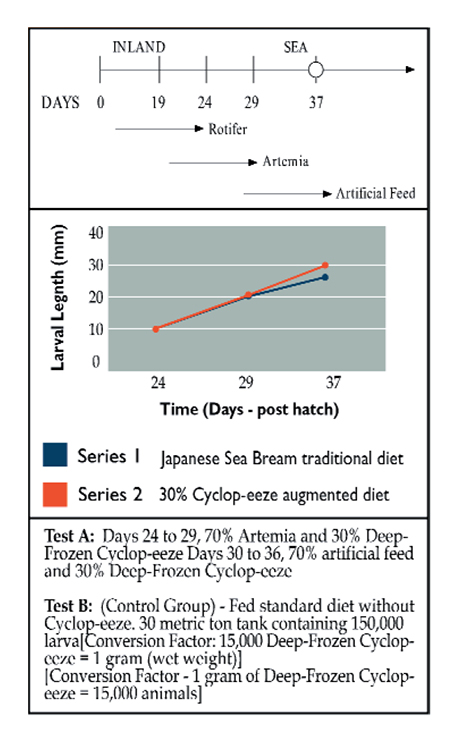
In trials with P. monodon broodstock, performance of spawners receiving a traditional diet of fresh squid, clams, mussels, and commercial brood diet was compared with 25 percent by weight replacement with deep-frozen Cyclop-eeze. The addition of Cyclop-eeze significantly improved fecundity and hatchability (Figs. 1 and 2).
In trials with marine fish, dietary inclusion of frozen Cyclop-eeze improved growth rate of red sea bream and European sea bass fry (Figs. 3 and 4). Both the extracted oil and frozen Cyclop-eeze were compared with a high-protein diet, cuttlefish meal, krill oil, and frozen krill for broodstock of Japanese red sea bream (Fig. 5). The results were favorable in terms of increased buoyant eggs, reduced abnormal eggs, improved color, higher hatching rate, and greater overall production of fish seed.
Recommended feeding rates
Dosage of Cyclop-eeze products is generally tapered, with maximum feeding regimens for larval stages and minimal augmentation during juvenile and adult stages. However, significant augmentation of broodstock diets is beneficial, typically increasing fecundity and enhancing hatchability and survival of larval species.
Conclusion
A planktonic microcrustacean cultured in a saline and acidic Arctic lake has interesting nutritional composition for use in aquaculture diets. It is rich in highly unsaturated fatty acids, astaxanthin, attractants such as free amino acids and betaine, digestive enzymes, and immune stimulants. Feeding trials with shrimp, marine fish and salmonids have demonstrated improved growth rates of larvae and reproductive performance of broodstock.
(Editor’s Note: This article was originally published in the April 2001 print edition of the Global Aquaculture Advocate.)
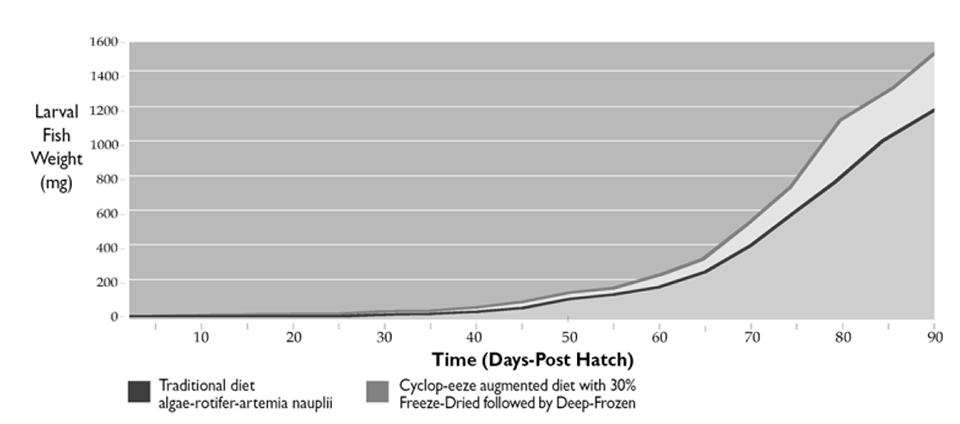
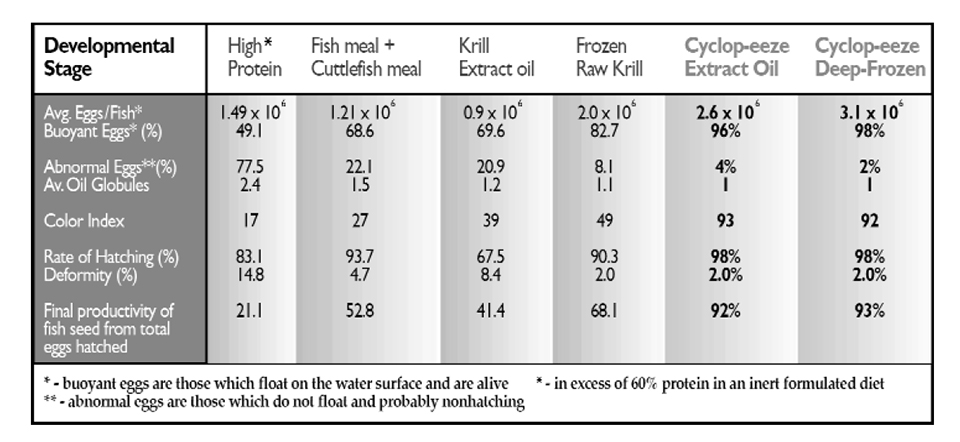
Now that you've finished reading the article ...
… we hope you’ll consider supporting our mission to document the evolution of the global aquaculture industry and share our vast network of contributors’ expansive knowledge every week.
By becoming a Global Seafood Alliance member, you’re ensuring that all of the pre-competitive work we do through member benefits, resources and events can continue. Individual membership costs just $50 a year. GSA individual and corporate members receive complimentary access to a series of GOAL virtual events beginning in April. Join now.
Not a GSA member? Join us.
Author
-
Eliot Lieberman, Ph.D.
President
Argent Laboratories Group
Tagged With
Related Posts

Health & Welfare
‘Big picture’ connects shrimp disease, inbreeding
Disease problems on shrimp farms may be partly driven by an interaction between management practices that cause inbreeding in small hatcheries and the amplification by inbreeding of susceptibility to disease and environmental stresses.

Health & Welfare
Advances in fish hatchery management
Advances in fish hatchery management – particularly in the areas of brood management and induced spawning – have helped establish aquaculture for multiple species.

Health & Welfare
Cost-effective biosecurity crucial for shrimp farming
Many shrimp producers give only perfunctory attention to routine biosecurity at hatcheries and farms. A cost-effective biosecurity program for farmed shrimp requires reliable diagnostic tools to make timely decisions to control or exclude pathogens.

Responsibility
Haiti’s hatchery of hope
Built on a dream of feeding some of the world’s poorest and most vulnerable people, a charity-built tilapia hatchery in Haiti now learns to stand on its own.


